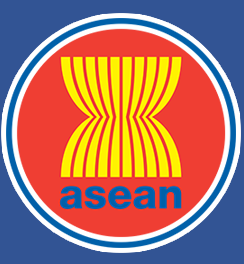ASEAN Journal on Science and Technology for Development
Abstract
Aquatic organisms and pathogens may become major threats to the coastal and marine environment when introduced into a region beyond their natural distributions through ballast water (BW). Coastal currents induced by tides and winds, especially ebb currents, may facilitate the spread of these marine organisms along nearshore and inshore areas. Numerical modelling of hydrodynamics is an effective tool to track the dispersion of these organisms in the receiving water body through BW release. Particle transport models can be used to track the advection and dispersion of these organisms. Alternatively, the difference in salinity of the BW and coastal waters can be used as a tracer to estimate the dispersion pattern. Tides and winds present in the region at the time of BW release are responsible for the dispersal of the particles present in BW discharge. Based on advection and dispersion processes, the transport of the marine organisms present in the BW can be studied using numerical models. Numerical modelling studies were carried out using the 2-D hydrodynamic model MIKE21 HD, to understand the pattern of BW dispersion at select bioregions along the east and west coasts of India. Mangalore Port located along the west coast in Bioregion-I (CIO-I) and Chennai Port on the east coast in Bioregion-II (CIO-II) were selected for the modelling study. Results obtained from ballast water dispersion modelling studies will be useful for developing and assisting port-based ballast water management programmes for CIO-I and CIO-II regions. The currents are predominantly tide driven near the ports situated along the west coast and the circulation exhibited reversals associated with the tidal currents. However, along the east coast of India, the particles largely followed coastal currents - advected either southward or northward under the influence of prevailing coastal currents in the offshore region and tidal reversals showed had less impact. This information proved useful for determining suitable locations for BW discharge and monitoring points for field sampling in connection with BW release.
Publication Date
9-15-2018
Recommended Citation
M.T., Babu; K, Sudheesh; P, Vethamony; and S, Anuvindha
(2018)
"Numerical Modelling of Ballast Water Dispersion in Different Bioregions along the Coast of India,"
ASEAN Journal on Science and Technology for Development: Vol. 35:
No.
1, Article 6.
DOI: https://doi.org/10.29037/ajstd.470
Available at:
https://ajstd.ubd.edu.bn/journal/vol35/iss1/6

